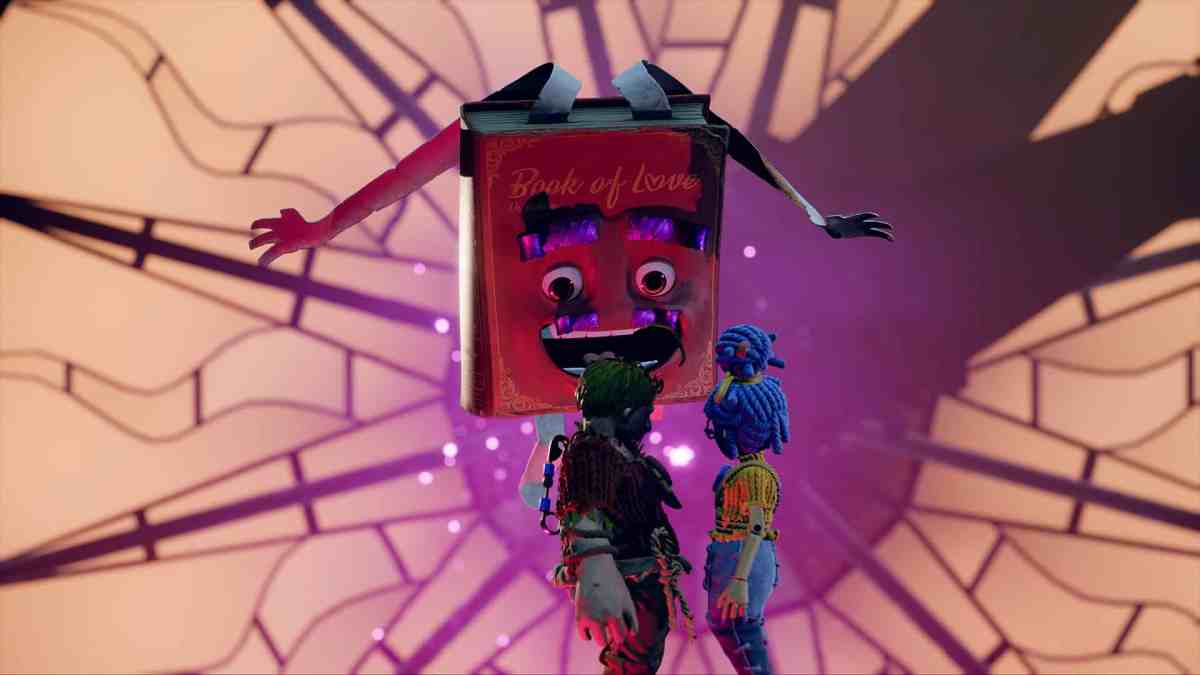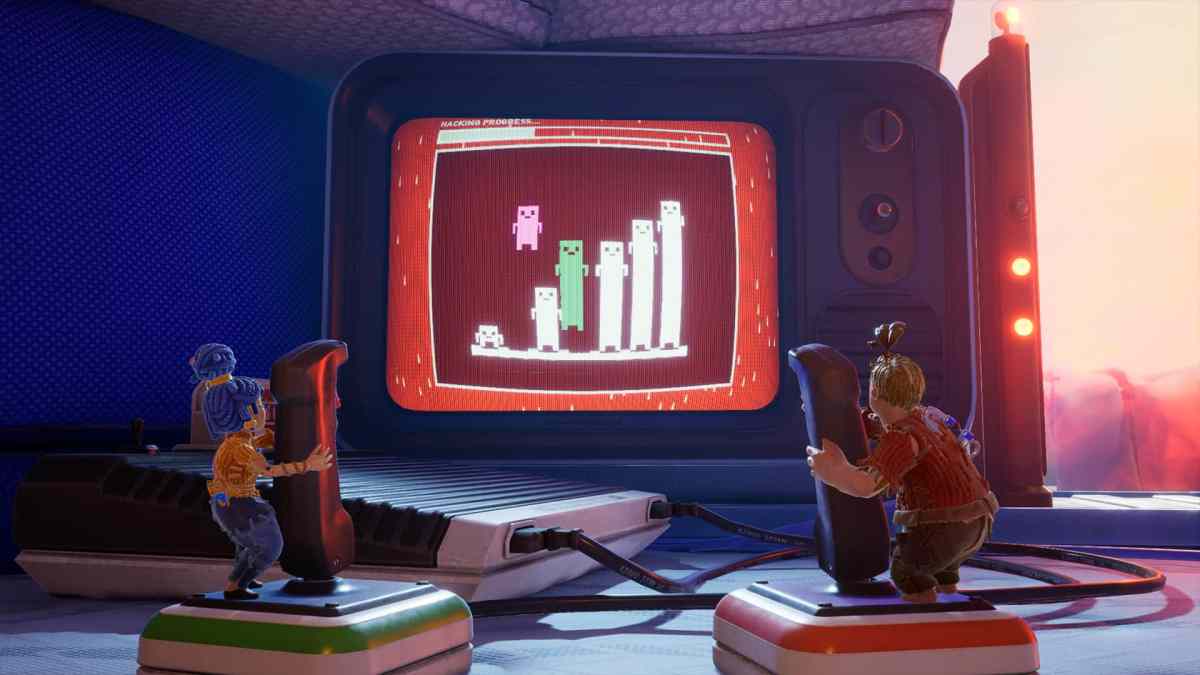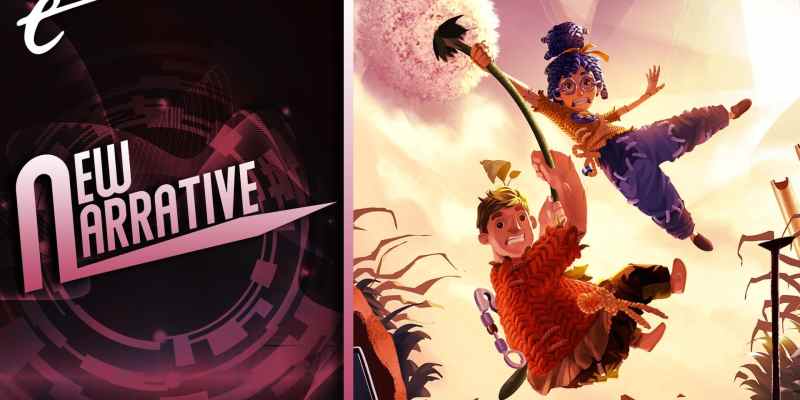Video game literacy isn’t a novel idea: You can’t hand a controller to someone who has never played a video game and expect them to keep up. It’s also understood that there are certain, more specific conventions: Jumping is pretty uniformly mapped to the same button across games, things that glow can probably be interacted with, and so on. We take these things for granted, but we know they are there.
What’s perhaps less widely observed is just how much the language of games has evolved over the years and how closely some of the parallels can be drawn with natural languages. And while it might look like a tribute to 1990s Pixar, it turns out that Hazelight Studios’ platformer It Takes Two is an ideal showcase for this. The reason is simple: It Takes Two is cooperative only, and with the right partner it can become something of an observational experiment in game literacy.
In my case the right co-op partner proved to be my wife. This might appear rather too convenient. After all, It Takes Two is the story of an unlikeable couple on the verge of divorce who are accidentally turned into toy dolls by their equally unlikable daughter, and they must work together with a disturbingly amorous anthropomorphized book to break the spell. However, my wife’s gaming résumé and approach to It Takes Two are precisely what got me thinking about the evolution of game literacy.
During the 16-bit era she was a big fan of Mario and Sonic and can still pull off impressive runs of Donut Plains or Mushroom Hill Zone, but she hasn’t played a single video game since. To put this into perspective, consider that since then console and PC games have mostly transitioned to 3D, introduced controllers with dual analogue sticks, triggers, and haptic feedback, and grown obsessed with high frame rates and resolutions – and these are just the basics of how we input into and get feedback from our games.

With It Takes Two, it is no surprise then that my partner initially struggled to navigate the Xbox controller layout and to coordinate between the left and right analogue sticks. The best analogy I can make here is with Brothers: A Tale of Two Sons, another game designed by Hazelight’s Josef Fares. Instead of requiring a co-op partner, Brothers used the left analogue stick to control one brother and the right to control the other. This supported some fascinating gameplay mechanics, but the learning curve was akin to rubbing your belly with one hand while patting your head with the other.
As we played, it became apparent just how many cues I have assimilated into my gaming vocabulary over the years: Button prompts like RB and LT that appear when you are near the relevant point of interaction. Prompts for repeated presses of the same button. Color coding to indicate that something can be interacted with, such as surfaces painted orange to hint that they can be covered with orange goo. Platformer locomotion staples, like the double jump and the mid-air dash. They were all things that my partner had to learn from scratch or re-learn to apply in a 3D space.
While the story is It Takes Two’s weak point, the variety and ingenuity of gameplay modes and level design are its strengths. Whack-a-mole and Etch A Sketch-style mini-games, on-rails sections reminiscent of the mine carts from Indiana Jones and the Temple of Doom, a boss fight that requires hijacking rockets and piloting them back at the enemy, inverted physics puzzles – name it, and It Takes Two is likely to have some ingenious take on it.
Despite this, the more we played, the more my partner grew comfortable with the minute-by-minute variations thrown at us. This expanding game literacy brought to mind two parallels with natural languages.

The first is so-called linguistic compositionality. That is – the ability to construct an infinite number of meaningful sentences out of a finite vocabulary. What my partner had grown comfortable with were the basic building blocks of the game: the button names, prompt icons, color coding, and other gaming staples that function as the vocabulary of It Takes Two. What she was applying them to were the gameplay situations, which function like the sentences of the game. One can construct an infinite number of gameplay situations out of the same basic building blocks. However, as long as the building blocks remain the same, it should become gradually easier to grasp the requirements of the gameplay.
The second parallel is the controversial thought that the meaning of a word or sentence is determined through its use. Just so, we might think – the meanings of the various buttons, prompt icons, color coding, and so on are determined by their use in a particular game. As we play different games, we learn the different “language games” that they give rise to, i.e., different uses of the various buttons and layouts we interact with and the rules that govern them.
If this is right, then games present us with a language that evolves over time just as natural languages evolve. A controller is a kind of alphabet, and we can track the growth of that alphabet by the changes in controller design. Disuse of a controller in the context of a game leads to a lack of proficiency, practice leads to increased proficiency, and playing different games is a kind of multi-lingualism.
Then again, all this might just be an elaborate bit of sophistry to distract from the fact that, by the time my wife and I see It Takes Two through to the end, we might need our own marriage counseling.
